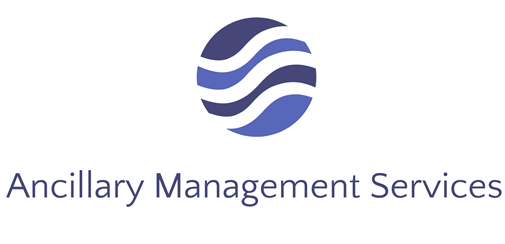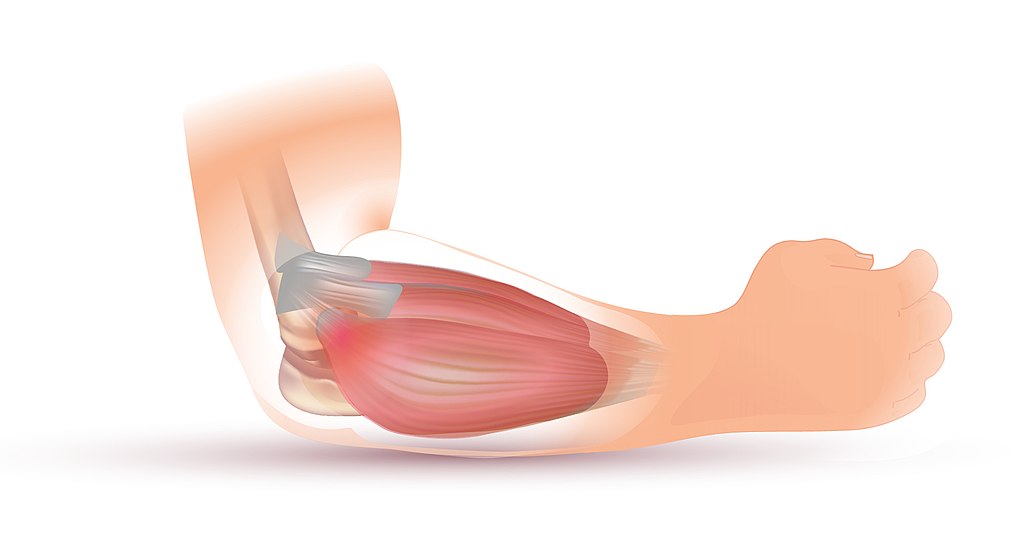Tennis elbow, clinically known as lateral epicondylitis, is a painful condition of the elbow that can come from repetitive overuse of the forearm and wrist. Common among individuals engaged in activities like tennis, racquet sports, and certain occupational tasks, tennis elbow can significantly impact your quality of life. In the pursuit of effective and non-invasive pain relief for this condition, a promising treatment has emerged—iontophoresis with dexamethasone.
There are a few challenges that come with managing tennis elbow pain. Integrating iontophoresis with the specialized medication Dexonto has the potential to its help physical therapists to broaden their patient care options. Here’s how:
Understanding Tennis Elbow: A Painful Dilemma
Tennis elbow primarily affects the outer part of the elbow, where the tendons attaching to the lateral epicondyle become inflamed. Despite its name, tennis elbow is not limited to tennis players; it can affect anyone who engages in repetitive gripping and wrist extension activities. The pain and tenderness associated with tennis elbow can hinder daily activities and, if left untreated, may lead to chronic discomfort.
Traditional Approaches to Tennis Elbow: Limitations and Challenges
Traditional treatment modalities for tennis elbow include rest, ice, stretching exercises, and the use of braces or splints. While these methods aim to alleviate symptoms, they may take time to produce noticeable relief. Physical therapy is often recommended to strengthen the forearm muscles and improve flexibility. This is essential to long-term recovery. However, the need for immediate relief is a common concern, especially for individuals experiencing acute pain or those who will be resuming regular activities.
Iontophoresis: A Non-Invasive Game-Changer for Tennis Elbow
Iontophoresis, a non-invasive drug delivery system, is a promising solution for the immediate relief of tennis elbow symptoms. A low-level electrical current facilitates the delivery of ionized medications directly to the affected area, bypassing the digestive system and bloodstream. In the case of tennis elbow, dexamethasone, an anti-inflammatory steroid, is the key medication utilized in iontophoresis.
The Power of Dexonto in Iontophoresis
Dexonto, a medication specifically formulated for iontophoresis, contains dexamethasone sodium phosphate. This preparation is designed to optimize the ionization process so that the charged medication is delivered directly to the inflamed tendons of the lateral epicondyle. Dexonto’s compatibility with iontophoresis makes it an asset in the management of tennis elbow, providing a targeted and efficient approach to pain relief.
Advantages of Iontophoresis with Dexonto in Tennis Elbow Treatment
Targeted Medication Delivery: Iontophoresis allows for precise delivery of dexamethasone directly to the inflamed tendons of the lateral epicondyle. This targeted approach minimizes the risk of systemic side effects associated with oral or injected medications.
Non-Invasive Nature: Iontophoresis is non-invasive, offering patients a comfortable alternative to injections or surgical procedures. The gentle nature of this approach enhances patient compliance and reduces anxiety associated with more invasive interventions.
Immediate Pain Relief: One of the key advantages of iontophoresis with Dexonto is its ability to provide immediate pain relief. For individuals grappling with acute tennis elbow symptoms, this rapid relief can be a game-changer, allowing them to resume activities more quickly.
Enhanced Patient Compliance: Patients appreciate non-invasive options that provide swift relief. Iontophoresis with Dexonto can contribute to enhanced patient compliance, as individuals are more likely to adhere to a treatment plan that offers both comfort and immediate results.
Customized Treatment Parameters: Physical therapists can tailor the iontophoresis treatment parameters to meet the individual needs of each patient. This includes adjusting the duration, frequency, and intensity of sessions based on the patient’s response and the severity of the condition.
Integrating Iontophoresis into Tennis Elbow Rehabilitation
Physical therapists integrating iontophoresis into their tennis elbow treatment protocols should take the following steps:
Patient Assessment: Conduct a thorough assessment of the patient’s tennis elbow. Consider factors such as pain intensity, duration of symptoms, and any underlying biomechanical issues.
Identification of Immediate Relief Needs: Identify patients who require immediate relief from pain as a primary treatment goal. This may include athletes, individuals with demanding occupations, or those experiencing acute discomfort.
Collaboration with Physicians: Collaborate with physicians to determine the suitability of iontophoresis with Dexonto for each patient. Ensure a clear understanding of the patient’s medical history and any contraindications to the treatment.
Education and Communication: Educate patients about the benefits of iontophoresis with Dexonto, emphasizing its non-invasive nature, immediate pain relief potential, and the targeted approach to inflammation. Address any concerns or questions to ensure patient comfort and understanding.
Incorporation into Rehabilitation Plans: Integrate iontophoresis sessions with Dexonto into the overall rehabilitation plan. This may include a combination of strengthening exercises, flexibility routines, and other physical therapy modalities to address the underlying causes of tennis elbow.
Regular Monitoring and Adjustments: Monitor patient progress regularly and adjust the treatment plan as needed. Regular communication ensures that the iontophoresis sessions remain effective in providing pain relief and promoting overall rehabilitation.
Improving Tennis Elbow Treatment with Iontophoresis and Dexonto
Tennis elbow, with its potential to cause persistent pain and discomfort, demands innovative approaches to treatment. Iontophoresis with Dexonto emerges as a powerful and non-invasive tool in the hands of physical therapists, offering immediate relief for patients while addressing the underlying inflammation.
By integrating iontophoresis into their patient care options, physical therapists can elevate the standard of tennis elbow treatment. Dexonto, with its specialized formulation, complements the targeted nature of iontophoresis, providing a reliable solution for immediate pain relief. As the field of rehabilitation evolves, embracing the power of iontophoresis becomes not just a strategic move but a commitment to enhancing patient outcomes and mitigating the discomfort look of individuals grappling with the challenges of tennis elbow.

